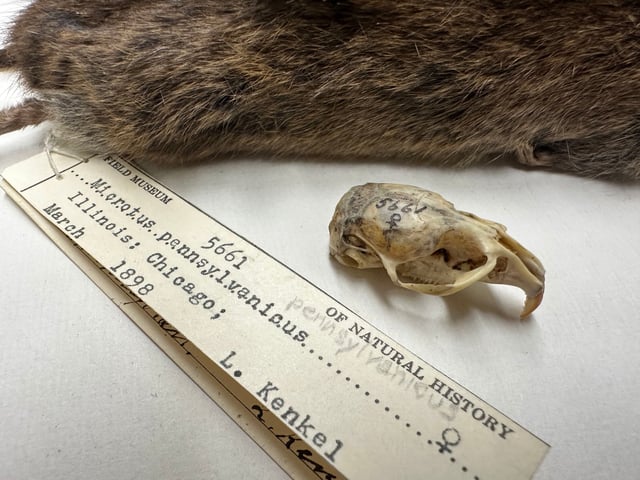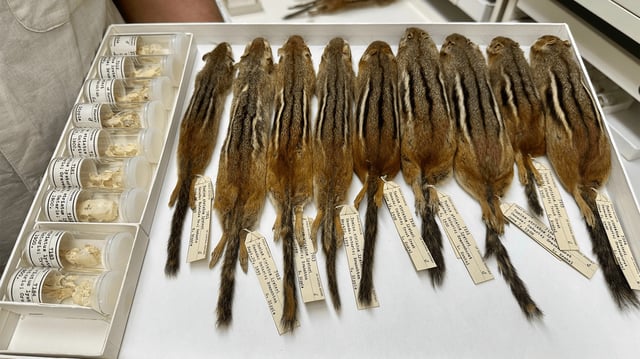Overview
- Researchers 3D-scanned and measured skulls of 132 eastern chipmunks and 193 eastern meadow voles from the Field Museum spanning 1898 to 2023.
- Chipmunk skulls grew larger while their dental rows shortened, suggesting a shift toward softer, human-related food sources.
- Voles exhibited smaller auditory bullae, an adaptation that may help buffer chronic urban noise.
- Analysis of satellite-derived urbanization metrics showed city growth, not climate variables, drove the cranial changes.
- The findings highlight the power of natural history collections to reveal rapid evolutionary responses to human-driven environmental change.

